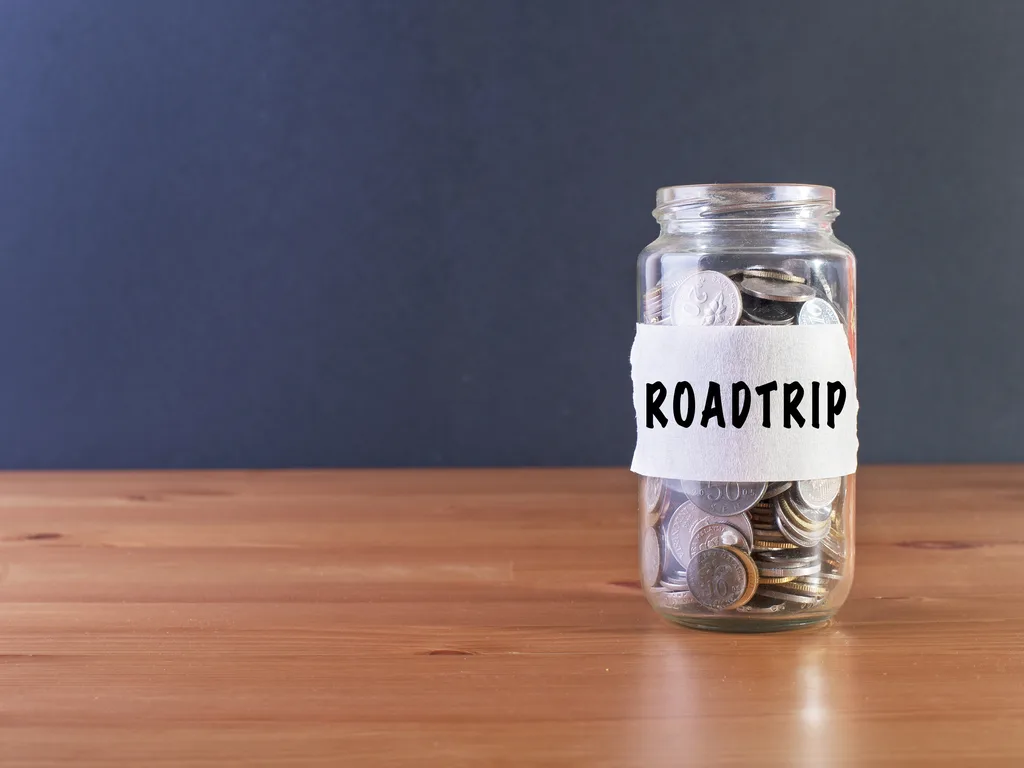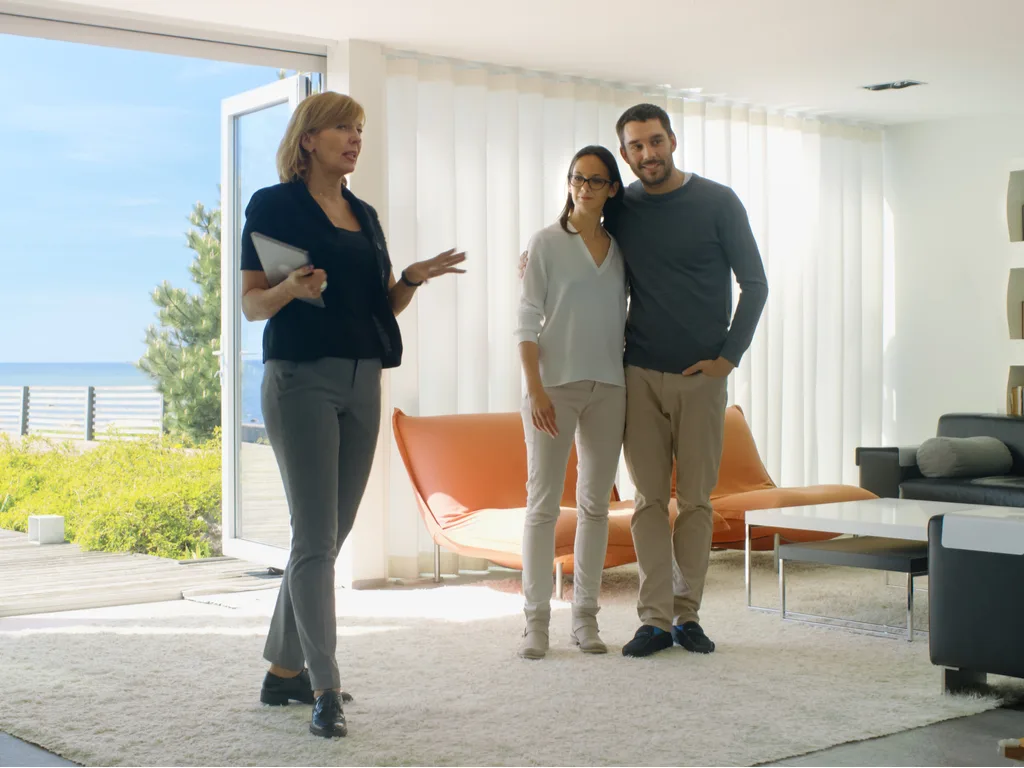
In today’s digital age, cellphones are an important part of how people connect with one another. No matter where you live in the country, a cellphone is likely what you use to communicate with your friends and family.
You can use your hand-held device almost anywhere, and you can even access the internet with it.
Even though cellphones have become such an important aspect of daily life, these devices remain too expensive for many individuals to purchase.
To help make these phones more accessible for low-income individuals, a free government cellphone program was put into place.
If applicants qualify to receive a free government cell phone, they can receive the benefits of having a phone without needing to pay the expensive bills usually associated with these devices.
The following sections explain how this program came to be, program eligibility requirements and how to apply for these phones.
How did the free government cell phone program start?
Phone discounts for low-earning Americans were first introduced in 1985.
The goal for this program is to ensure that individuals who are struggling financially can have the safety benefits and professional opportunities that come with having a cellphone.
Individuals who do not have their own cellphones are less likely to be able to communicate with others, which can cause major issues in the event of an emergency.
Officially, this free government phone benefits program is referred to as Lifeline. No matter where you live, a version of this initiative should be available in your area.
This is true whether you reside in the United States, a U.S. territory or on a Native American reservation.
Contrary to what most people believe, Lifeline can be used for more than obtaining a cellphone.
In fact, recipients can also use their benefits to afford home phone lines, should they prefer this option. However, many individuals choose the cellphone option because of its versatility and convenience.
What does the Lifeline free government cell phone program include?
You can have access to many different benefits if you qualify to enroll in Lifeline. In particular, if you enroll to receive wireless benefits you will usually receive:
- A cellphone or SIM card.
- A plan that provides you with data, minutes and texting benefits.
- Voicemail and caller ID services.
- Three-way calling capabilities.
Learn About Requirements for Free Government Cell Phones
In order to receive a free government phone, you need to meet program eligibility requirements. Since Lifeline is a federal benefits program, this means that the qualifications you need to meet are the same throughout the country.
The first requirement you need to meet relates to your earnings. Free government cell phones are only available to applicants who have extreme financial need.
Specifically, your household income needs to be within 135 percent of the federal poverty level (FPL). Alternatively, you can qualify to receive Lifeline benefits if you are enrolled in a government assistance program, such as:
- The Supplemental Nutrition Assistance Program (SNAP).
- Supplemental Security Income (SSI).
- The Section 8 Housing Choice Voucher Program.
- Specific veteran benefits.
- Medicaid.
If you believe you meet the eligibility requirements to enroll, you can take the necessary steps to begin receiving your benefits. However, keep in mind that you must prove that you are eligible to enroll in Lifeline.
This means you will either need to provide a tax document or paystub that shows how much you earn, or proof of your enrollment in other government assistance programs.
If you have questions about which documents are suitable proof of income and enrollment, contact a Lifeline official in your area. Without the proper documentation, you will not be able to receive phone benefits.
Rules for Free Government Phones
Once you qualify for this benefit program, it is important that you remember there are additional rules you need to follow.
For example, there is a limit regarding how many individuals in a household can receive Lifeline benefits.
In fact, only one individual in each home can receive support through this program. This can add complications if you are interested in obtaining a Lifeline cellphone, because only one mobile device will be issued.
If you have multiple individuals in your household who need phones, you may want to consider using your benefit to help you obtain a landline instead.
With this option, you can receive one phone number that every member of your household can use.
However, only you can decide which option is best for your family. If you need help determining which option you should take, speak with a Lifeline representative near you.
He or she can help you determine how to maximize your benefits.
How to Apply for a Free Government Phone
One you determine that you are eligible to enroll in the Lifeline program, you can begin to take the necessary steps to apply. In order to apply, you must first contact a Lifeline program provider near you.
Usually, providers are divided by state. If you cannot contact the provider, you need to reach out to your designated state agency.
If you need help locating a Lifeline-approved provider in your area, do not worry. You can easily locate free government phone companies by searching online.
Alternatively, you can locate providers in your area by contacting the Universal Service Administrative Co. (USAC) by phone. The representative you speak with should be able to help you find a provider you can apply with.
Learn About SafeLink Wireless Phones and Other Providers
If you want to obtain a free government phone, Safelink Wireless is most likely one of the providers you will use. However, there are other phone providers who participate in the Lifeline program as well. Other examples of companies that you could be able to utilize include:
- Access Wireless.
- Assurance Wireless.
- T-Mobile.
- AT&T.
- Blue Casa.
Keep in mind that the providers you can use vary by location. This could be based on your city, state or ZIP code. You should not assume that certain providers can offer you Lifeline support where you live.
To avoid confusion, make sure you contact the providers in your area to determine if you can use your Lifeline benefits through their organizations.







